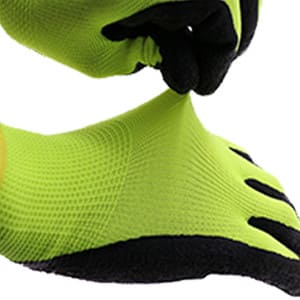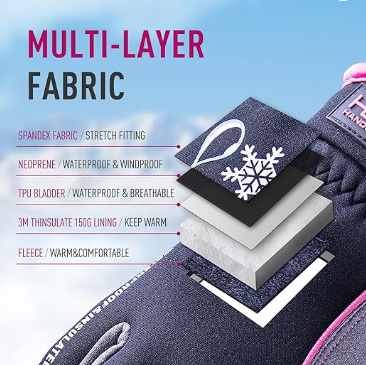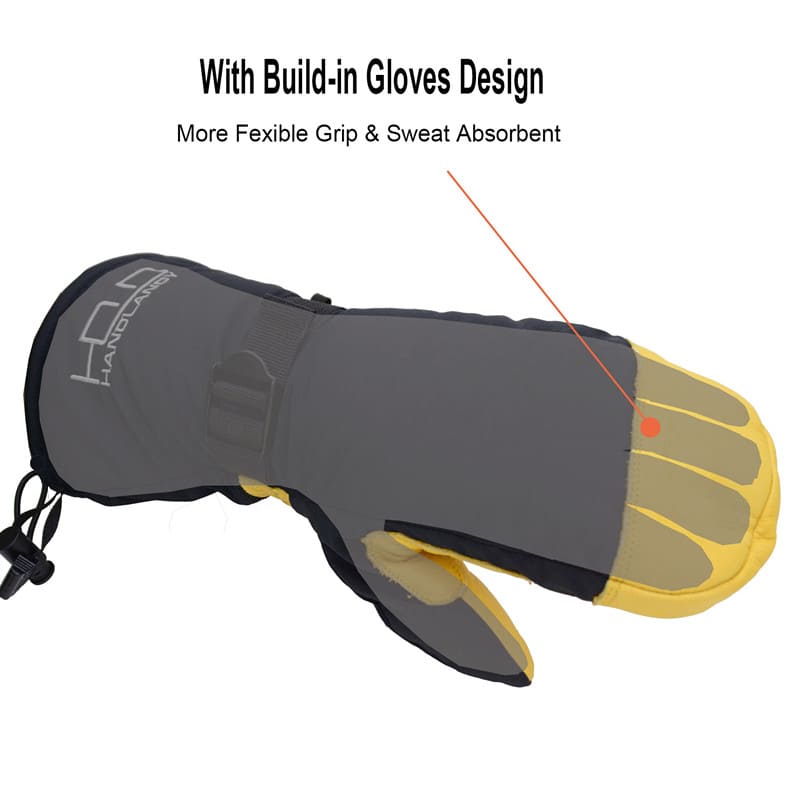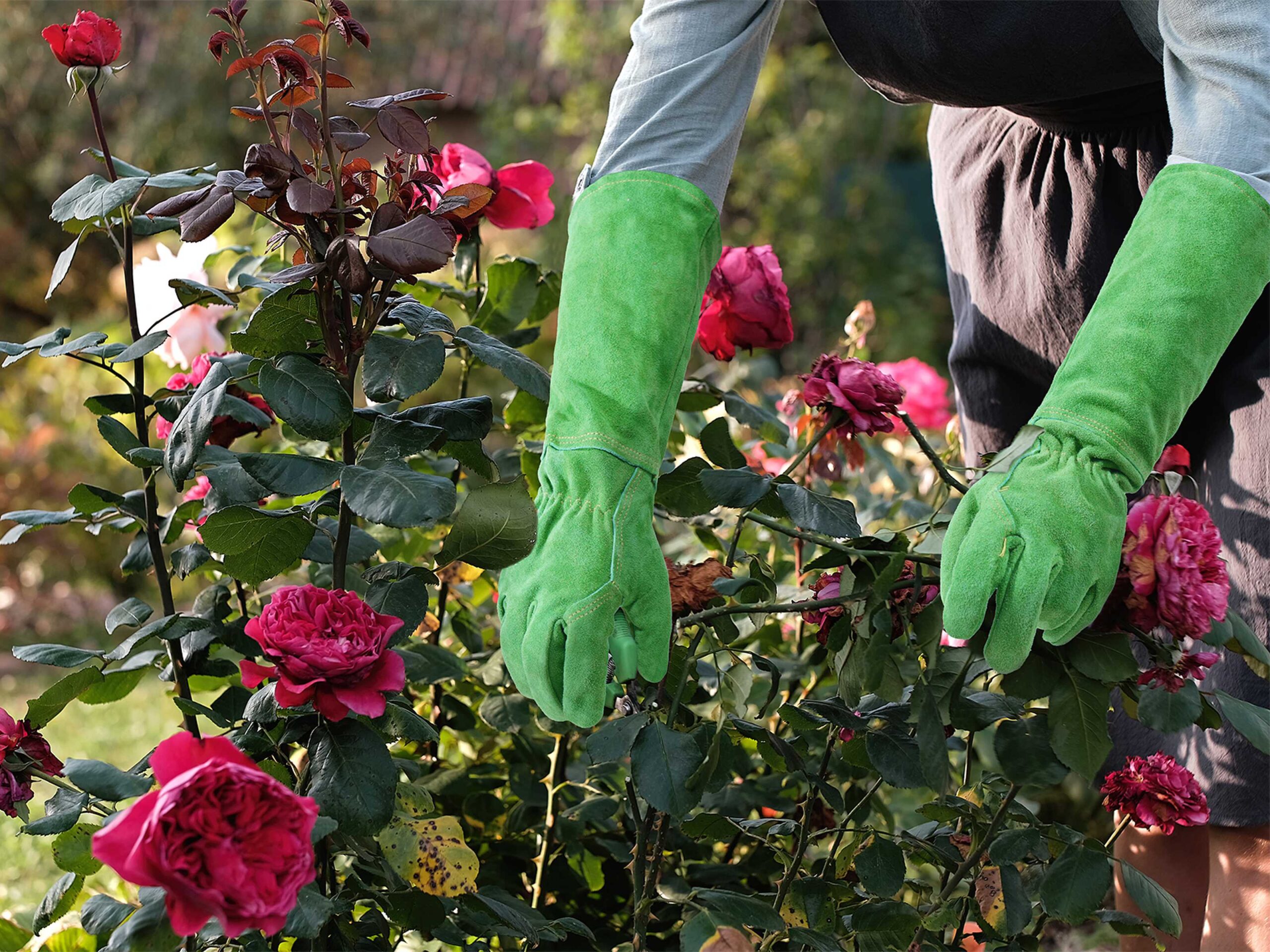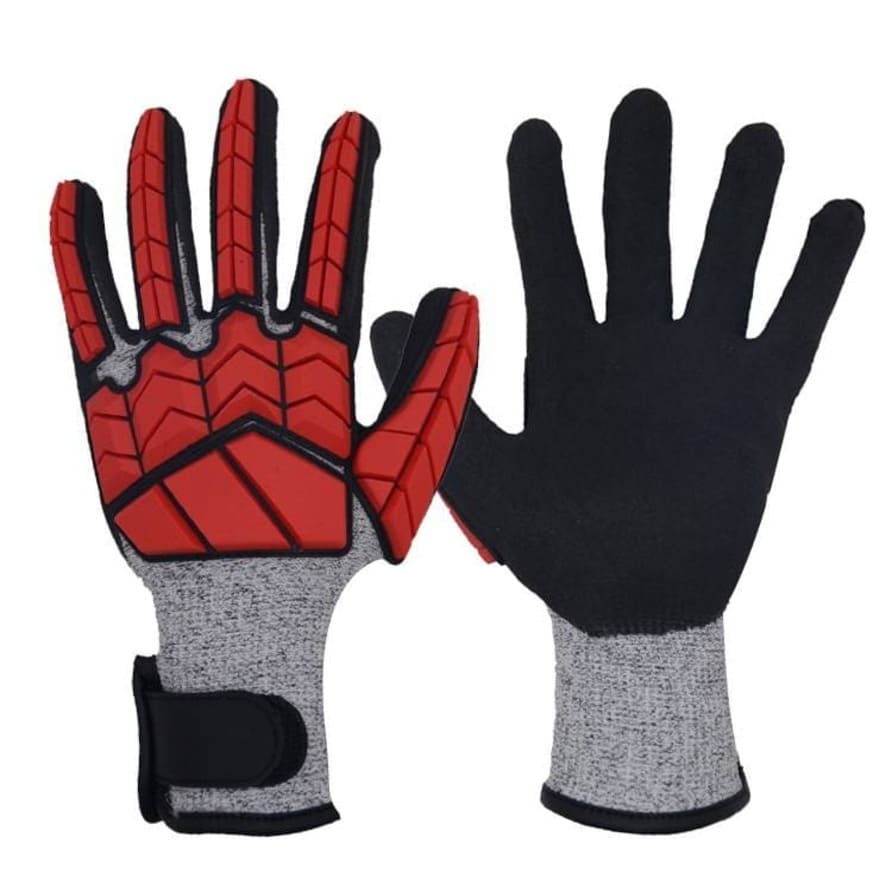Tired of scratched arms or dirty sleeves ruining your gardening fun? Choosing the right glove isn’t just about the material – cuff length matters! Let’s break down the simple difference between short and long cuff gloves so you can garden smarter.
What’s the Cuff Anyway?
- Short Cuff: These end right at your wrist bone. Think regular work gloves. They focus on protecting your hands.
- Long Cuff: These extend well past your wrist, covering part of your forearm (like a mini gauntlet). They protect your hands AND lower arms.
Short Cuff vs. Long Cuff: Key Differences
Here’s a quick look at how they stack up:
| Feature | Short Cuff Gloves | Long Cuff Gloves |
|---|---|---|
| Coverage | Hands only | Hands + Wrists + Lower Forearms |
| Protection | Basic hand protection | Excellent vs. thorns, bugs, sun, skin irritants, scrapes |
| Dexterity | Best! Feels almost like bare hands | Good, but cuff adds slight bulk |
| Keeps Sleeves Clean? | No – dirt/debris gets in easily | Yes! Fits over sleeves, keeps dirt out |
| Ease On/Off | Very quick & easy | Takes a bit longer |
| Best For | Precise tasks, light work, warm weather | Tough jobs, thorny plants, buggy areas, messy tasks |
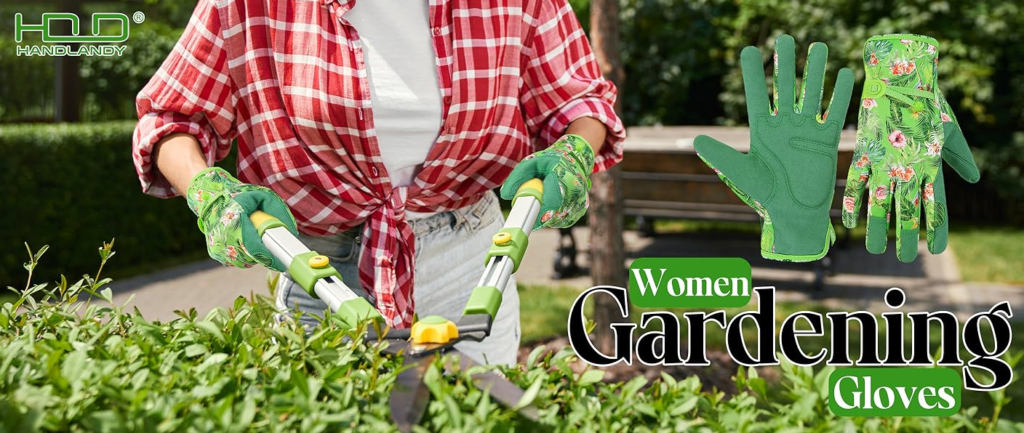
When Should You Grab Short Cuff Gloves?
- You need super finger control: Planting tiny seeds, potting seedlings, delicate pruning.
- Doing light, clean work: Gentle weeding, watering, harvesting veggies.
- It’s a hot day: Less material means better airflow.
- Working with friendly plants: No thorns or major irritants around.
- You like simplicity: Easy to slip on and off quickly.
When Long Cuff Gloves Are Your Best Friend
- Facing thorns: Roses, raspberries, bougainvillea, holly – protect those arms!
- Handling rough stuff: Clearing brush, pruning dense shrubs, dealing with brambles.
- Buggy areas: Great extra defense against ticks, mosquitoes, or stinging insects.
- Irritating plants: Handling poison ivy/oak or stinging nettles? Essential.
- Messy jobs: Working with soil, mulch, or compost? Keep dirt out of your sleeves.
- Sun protection: Cover more skin during long gardening sessions.
- Wet/muddy work: Helps keep sleeves drier and cleaner.
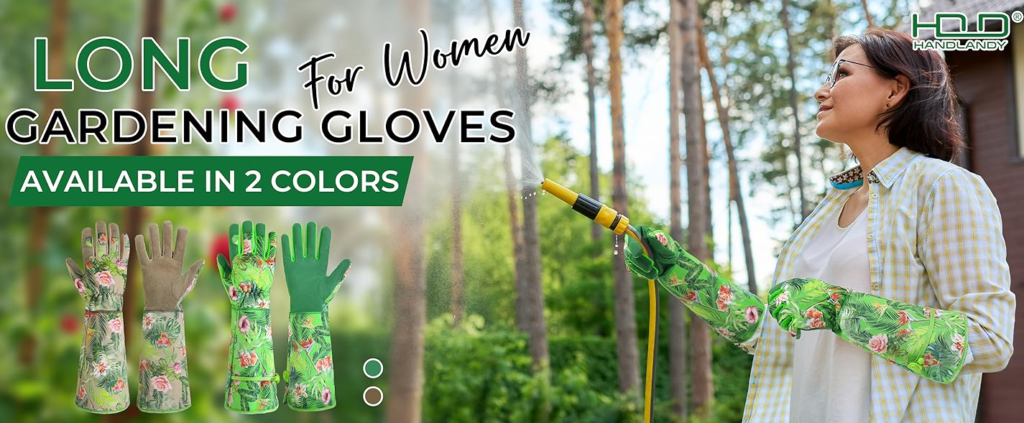
Remember These Tips Too!
- Material is Key: Leather = tough & thornproof. Synthetic = waterproof & flexible. Mesh = cool & breathable. Cotton = comfy for light jobs. Pick based on your main task.
- Fit is Everything: Gloves must be snug but not tight, short or long cuff. Bad fit means less protection and clumsy fingers.
- Look for Flexible Long Cuffs: Good long cuff gloves have stretchy material or adjustable straps (like Velcro) so they move with you.
- Wrist Closure: Short cuffs usually have elastic. Long cuffs might have elastic, straps, or drawstrings to seal out dirt over your sleeves.
The Bottom Line: Match the Glove to the Job!
There’s no single “best” garden glove. It depends entirely on what you’re doing:
- Reach for Short Cuffs when you need maximum finger freedom for careful, precise tasks.
- Choose Long Cuffs when you need serious arm protection from scratches, thorns, bugs, or just want to keep your sleeves spotless during messy work.
Smart gardeners often own both types! Having the right glove for the task makes gardening safer, cleaner, and much more enjoyable. So, which cuff length will you pick for your next garden adventure?



